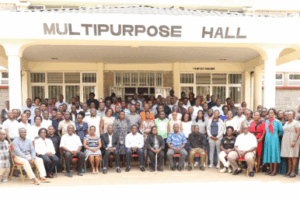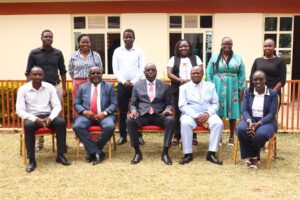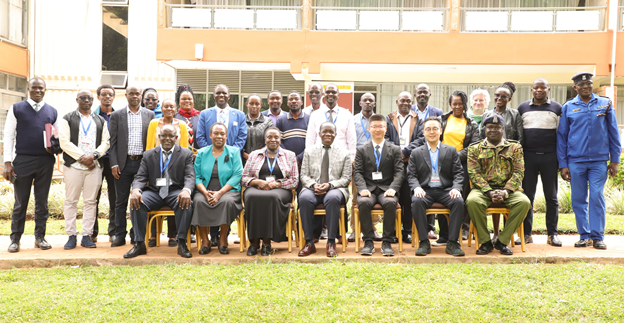
MMUST Set to Become a Center of Transportation Engineering as It Hosts Stakeholders to Deliberate the Status of Kenya’s Transportation Sector
Masinde Muliro University of Science and Technology is set to become a Center of Transportation Engineering in Kenya. This was revealed during a two-day Workshop, which brought together key stakeholders to deliberate on the status of the transportation sector in the country. The Workshop, organized by MMUST, in collaboration with the University of Shanghai for Science and Technology (USST), and the National Transport and Safety Authority (NTSA), took place from 6th to 7th August, 2025. It was aimed at redefining transportation in Kenya to ensure a sustainably safe, reliable, effective and efficient movement of people, goods and services. The event involved participants from various organizations, including the Kenya Roads Board, the Kenya National Highways Authority (KeNHA), Kenya Urban Roads Authority (KURA), Kenya Rural Roads Authority (KeRRA), the Institution of Engineers of Kenya (IEK) as well as regional traffic reinforcement officers.
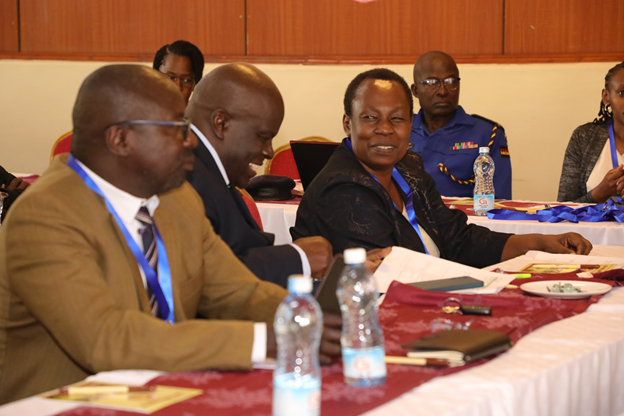
A section of Workshop participants. From left; Eng. Nelson Nyamao, Prof. Peter Bukhala and Eng. Prof. Bernadette Sabuni.
Speaking to the DCCM crew, the Dean-School of Engineering and Built Environment (SEBE), Eng. Prof. Bernadette Sabuni, stated that MMUST has had a longstanding relationship with both USST and NTSA. She noted that her School has attained significant milestones in research and training, expressing hope that such partnerships will raise the bar in matters of transportation engineering. “As a School, we have a PhD and a Master’s programme on transportation systems, and we envision to introduce a Degree programme on the same. We are excited that the establishment of the Center will help us enhance our training and research, and in turn provide solutions to the challenges that we face in transportation,” said Eng. Prof. Sabuni.
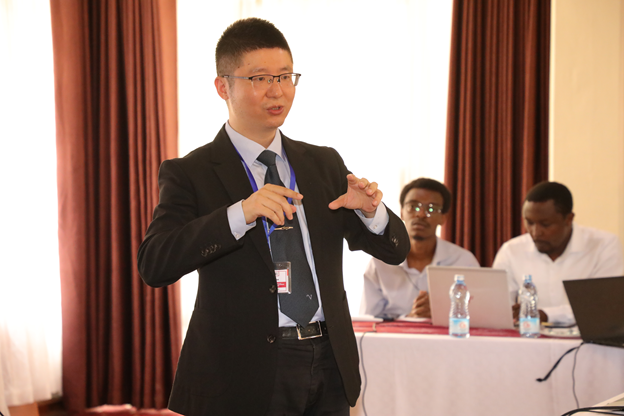
USST’s Prof. Jing Zhao makes a presentation at the event.
In his presentation on ‘Traffic Design: Magically Enhancing Road Capacity’, the Vice Dean of Smart Urban Mobility Institute, and also the Vice Dean-School of Business at USST, Prof. Jing Zhao, pointed out that traffic congestion poses a global challenge for nations worldwide. “Massive number of intersections are bottlenecks in road networks, as over 70% of urban road congestion originates at these junctions,” he revealed. Notably, Prof. Zhao is credited with proposing and designing a series of innovative intersection design models, including the Exit Lanes for Left-turn (EFL) Intersection, significantly improving road traffic capacity, which have been adopted and implemented by over 70 cities in China. The Professor was accompanied by Prof. Cheng Zhang, an Associate Professor with the Smart Urban Mobility Institute, and the Business School at USST.
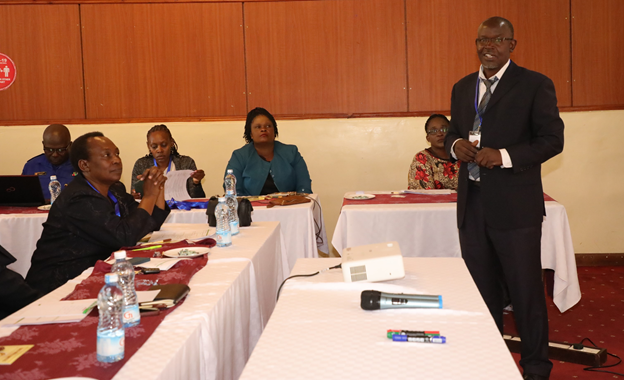
Dr. Jairus Odawa at the event.
Dr. Jairus Odawa, a Senior Lecturer in MMUST’s School of Computing and Informatics (SCI), who played a key role in organizing the Workshop, stated that there is a need for an integrated multi-sectoral approach to handling the issue of transport in Kenya. He challenged the Government to involve institutions of higher learning in developing solutions for the different problems facing the country. “From this Workshop, we hope to develop recommendations that will inform policy change as far as transportation engineering is concerned.”
“A well-designed road infrastructure reduces crash severity by guiding diver behaviour, minimizing hazards and allowing room for error through intuitive layouts and strategically placed signage,” noted the Deputy Director of Safety Audits and Inspections-NTSA, Eng. Christine Ogut. While making her presentation titled, ‘Designing for Driver Error: Evaluating Impact of Engineering Decisions on Severity of Crash Outcomes in Kenya,’ Eng. Ogut emphasized that road infrastructure is a contributory factor to crash severity, adding that the main course is human error. She challenged Engineers to not just rely on design manuals, but focus on the needs of roads by having in mind user behaviour, road geometry, pedestrian safety as well as speed management features.
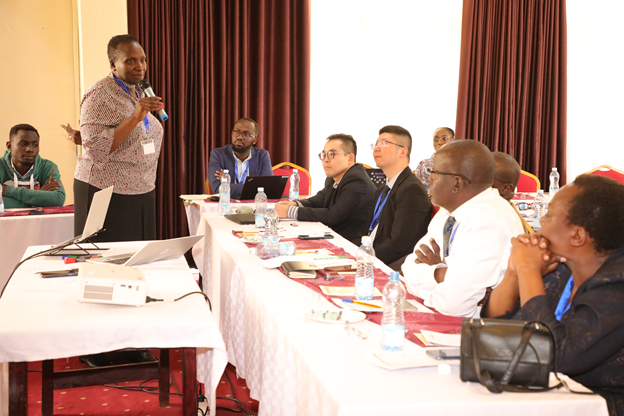
NTSA’s Eng. Christine Ogut speaks at the event.
Transportation should be sustainable, safe, reliable, effective and efficient to all road users. In order to achieve this in Kenya, there needs to be a shift in how roads are designed, compliance to traffic rules and their enforcement, as well as embracing culture change. As stakeholders come together to discuss this much-needed change, there is no doubt that the transportation sector will be redefined.
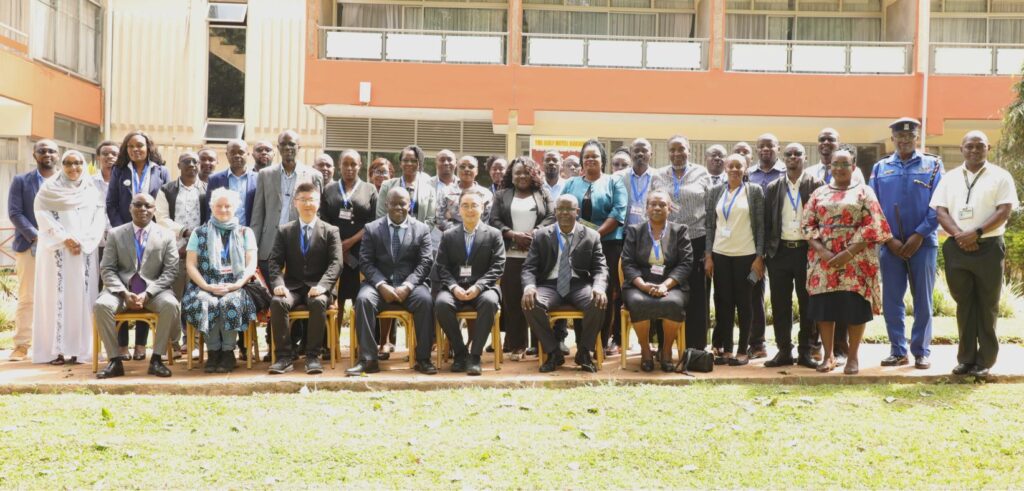
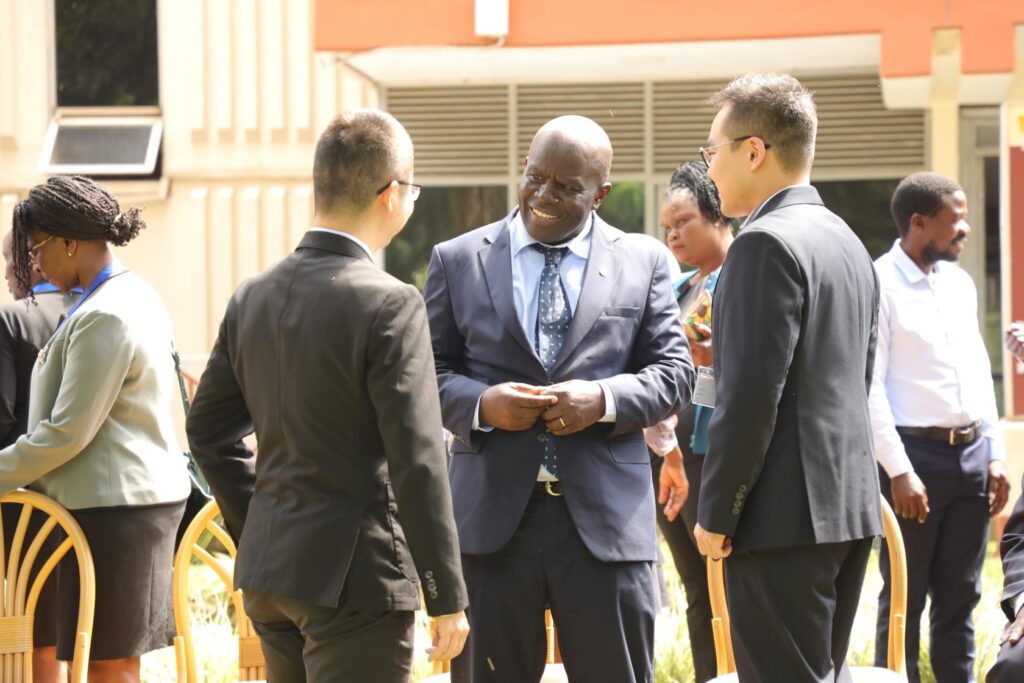
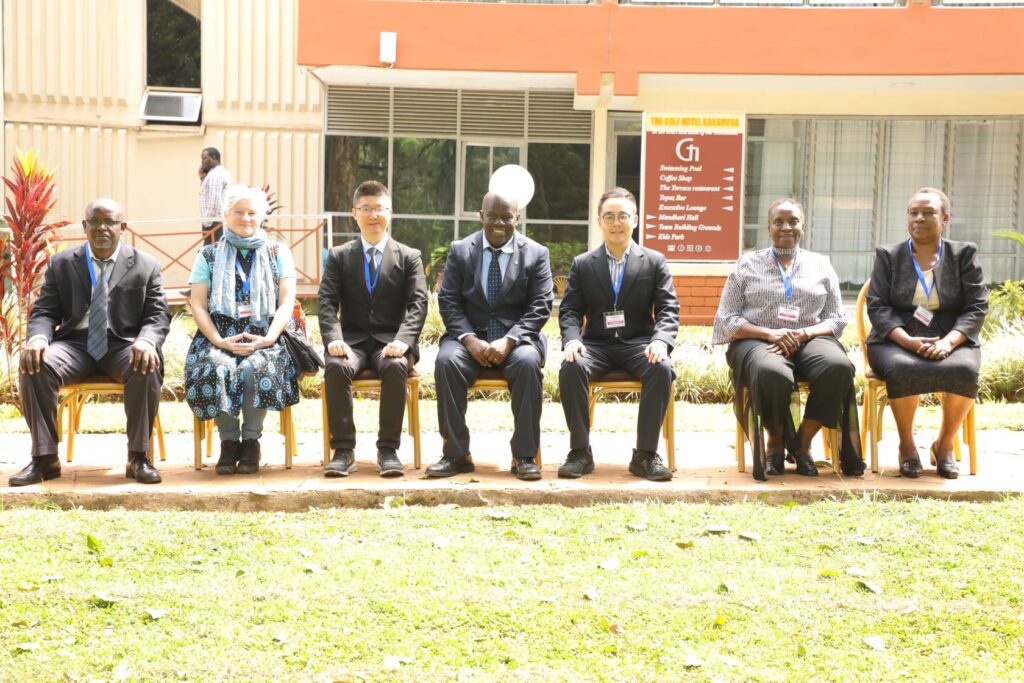
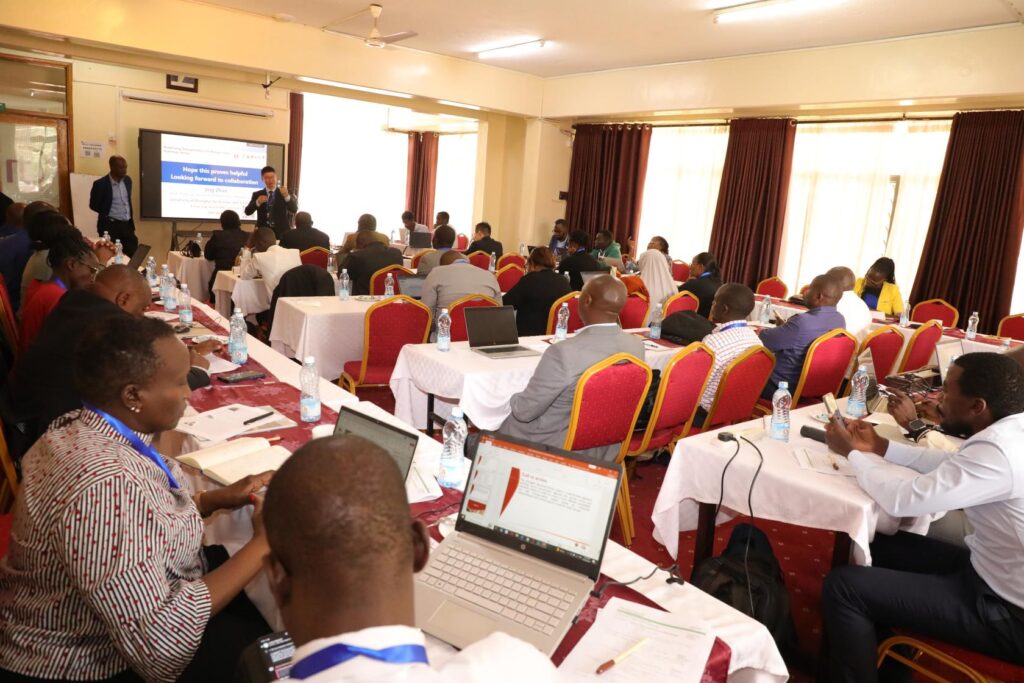
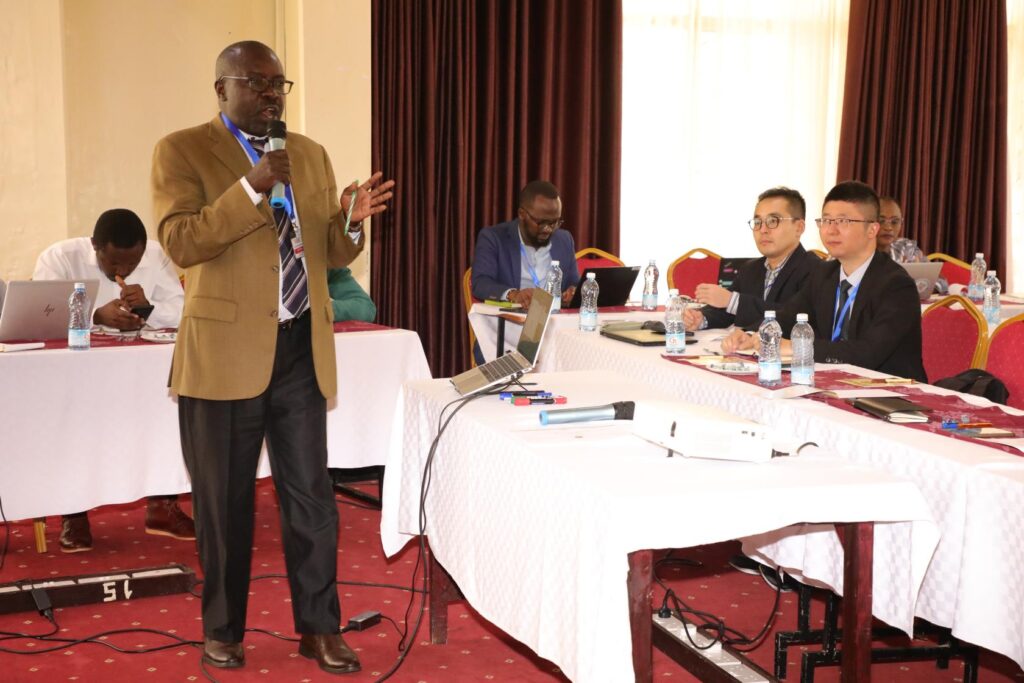
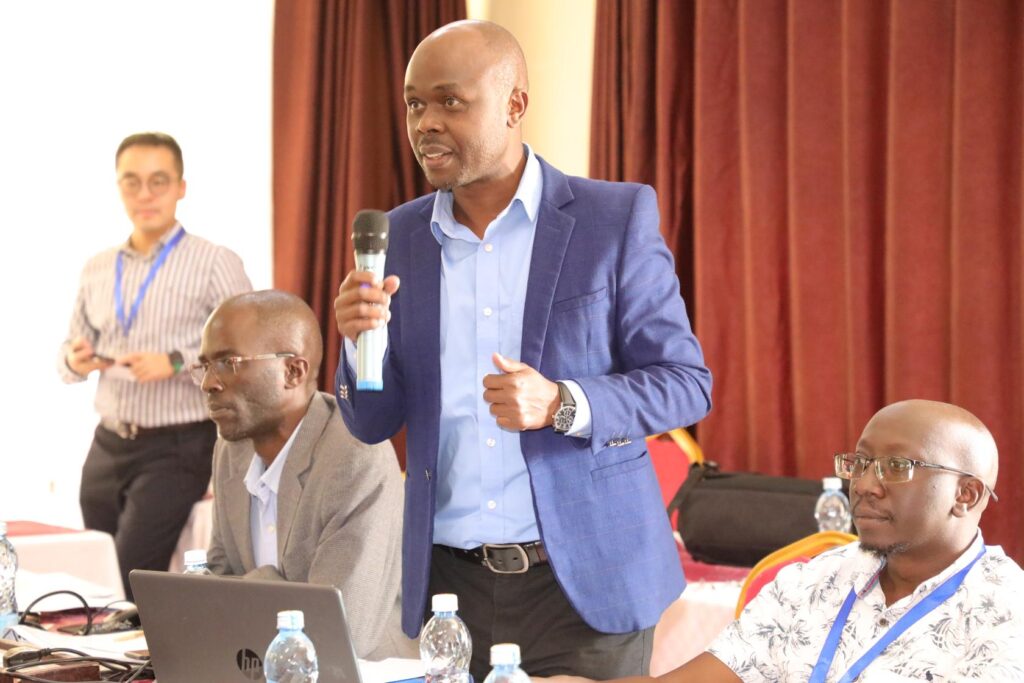
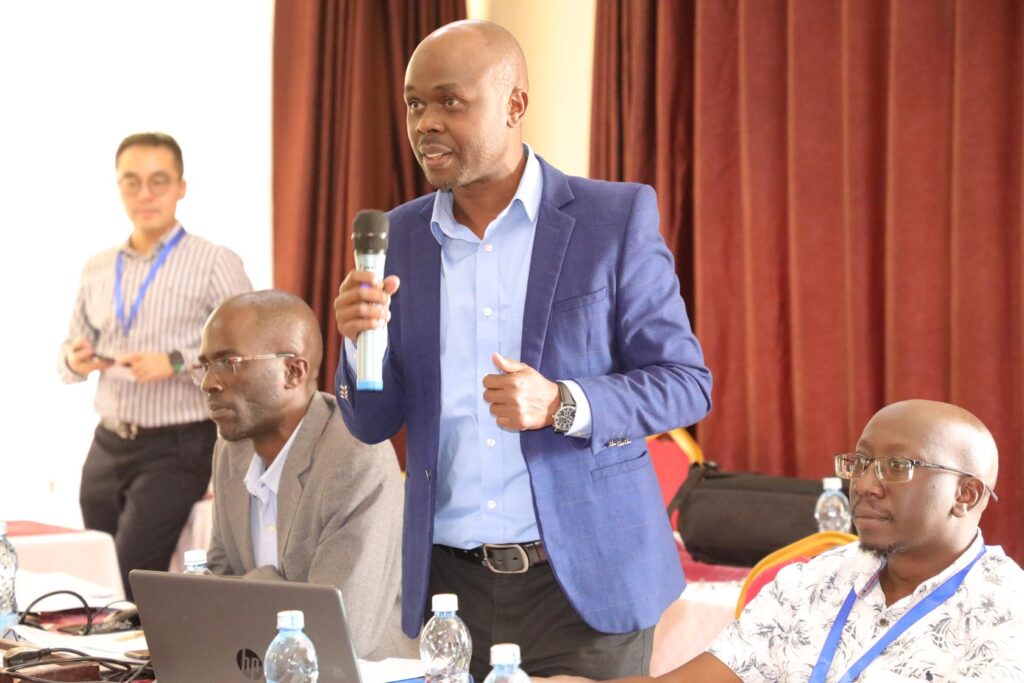
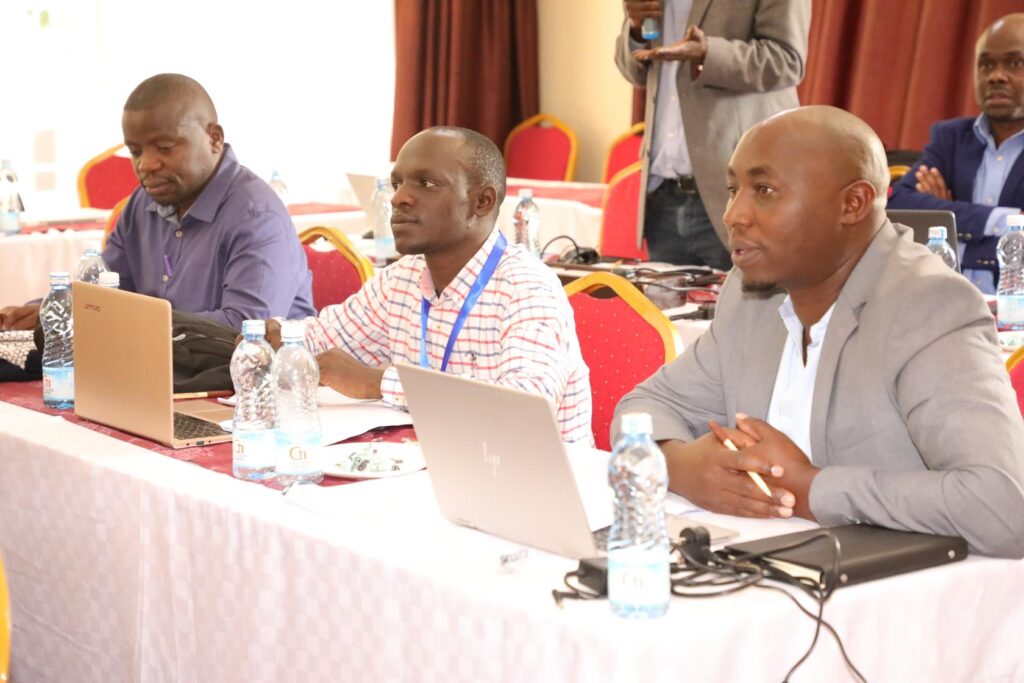
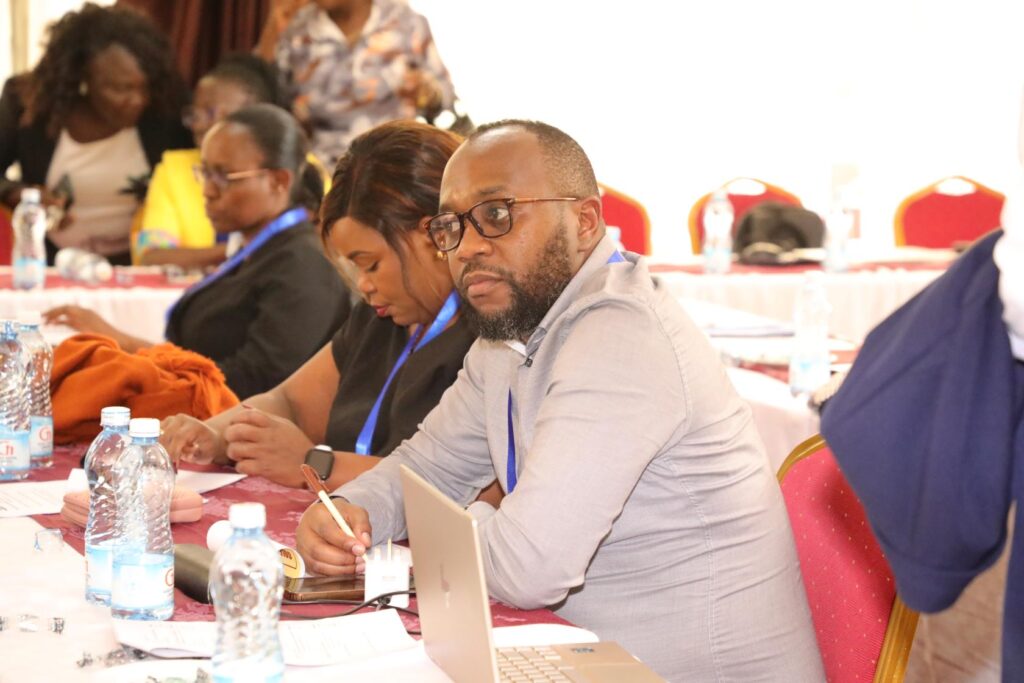
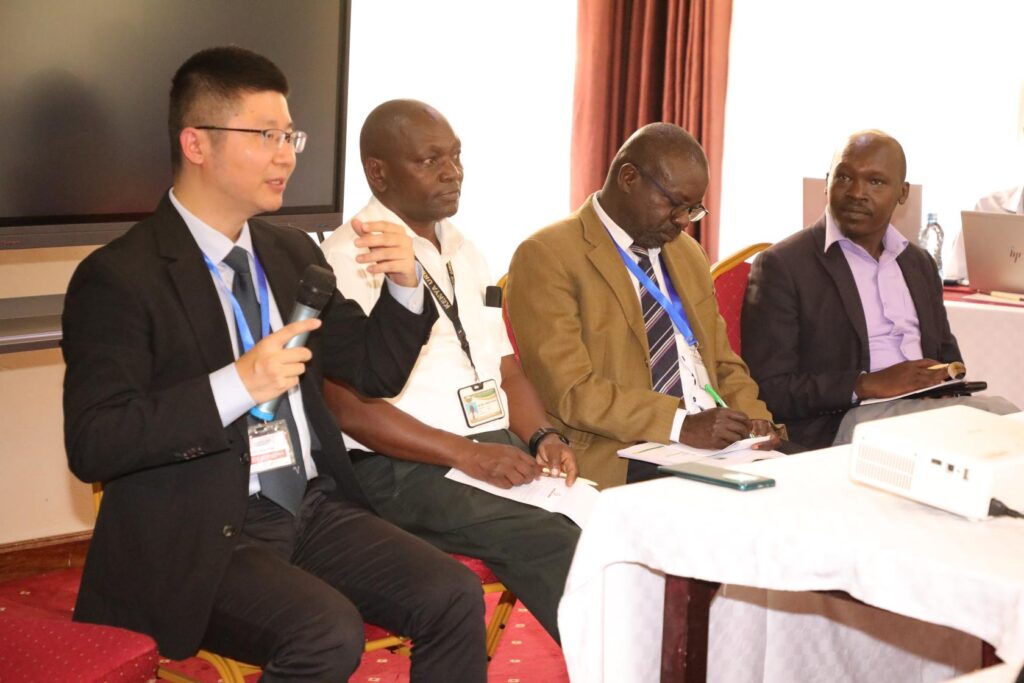
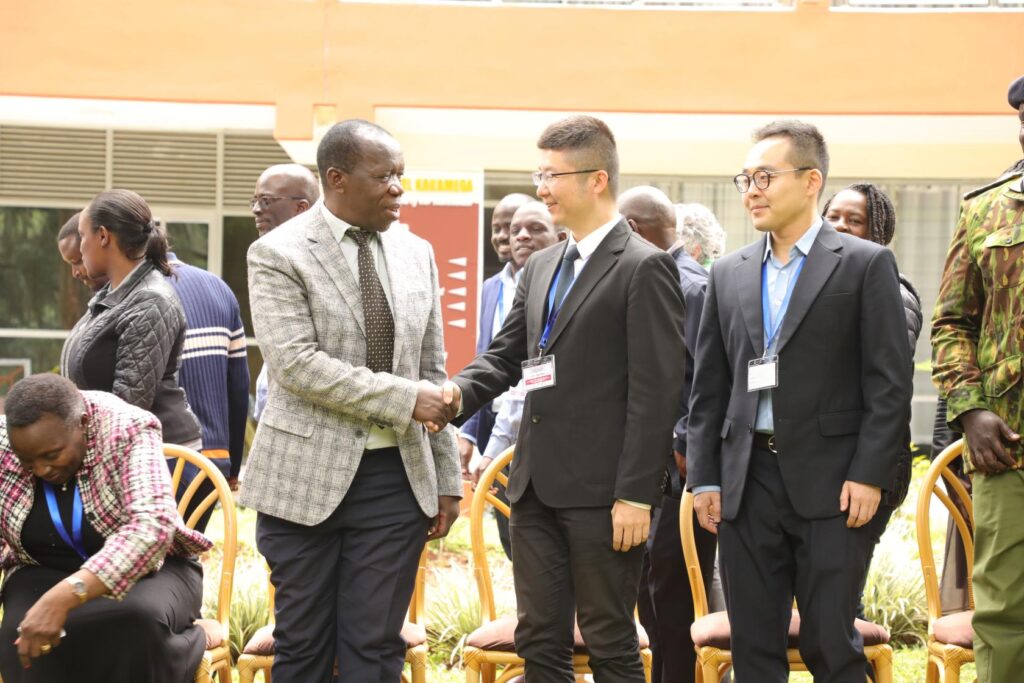
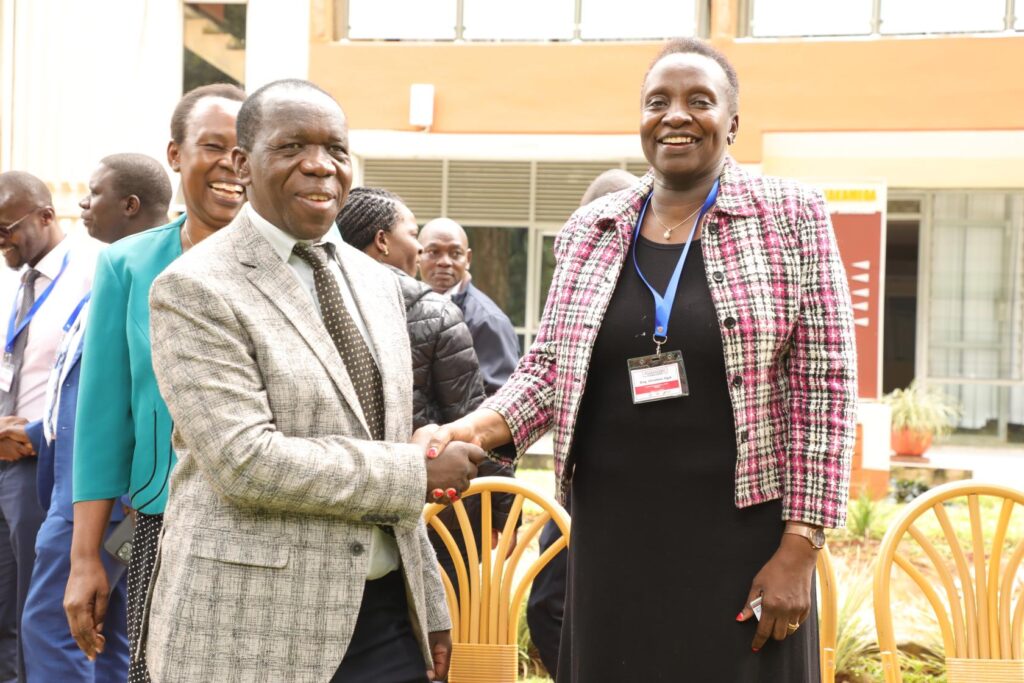
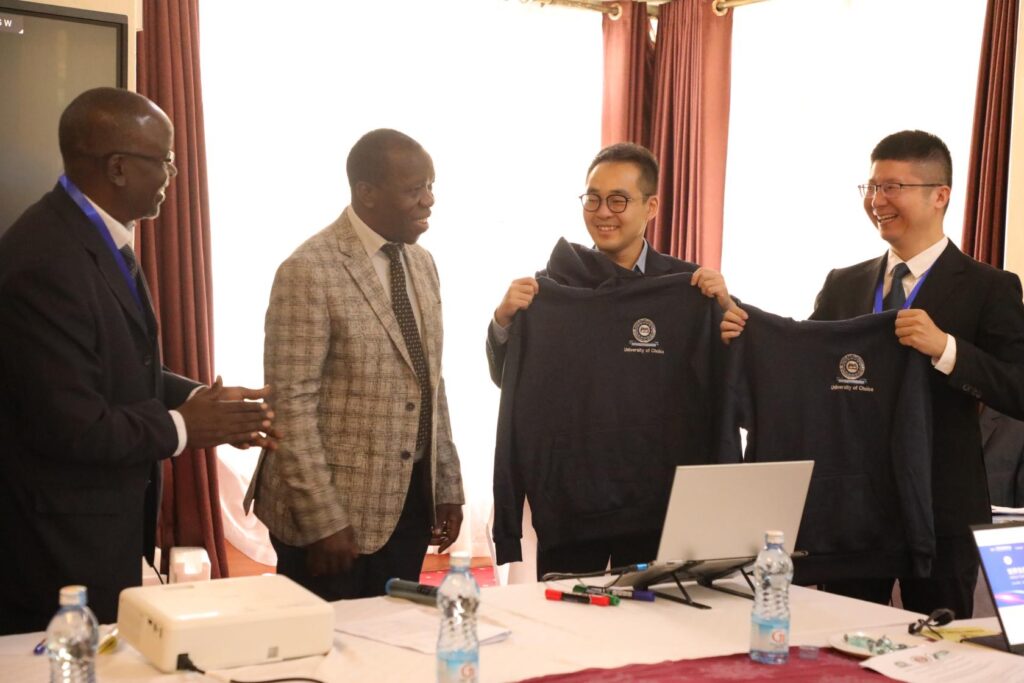
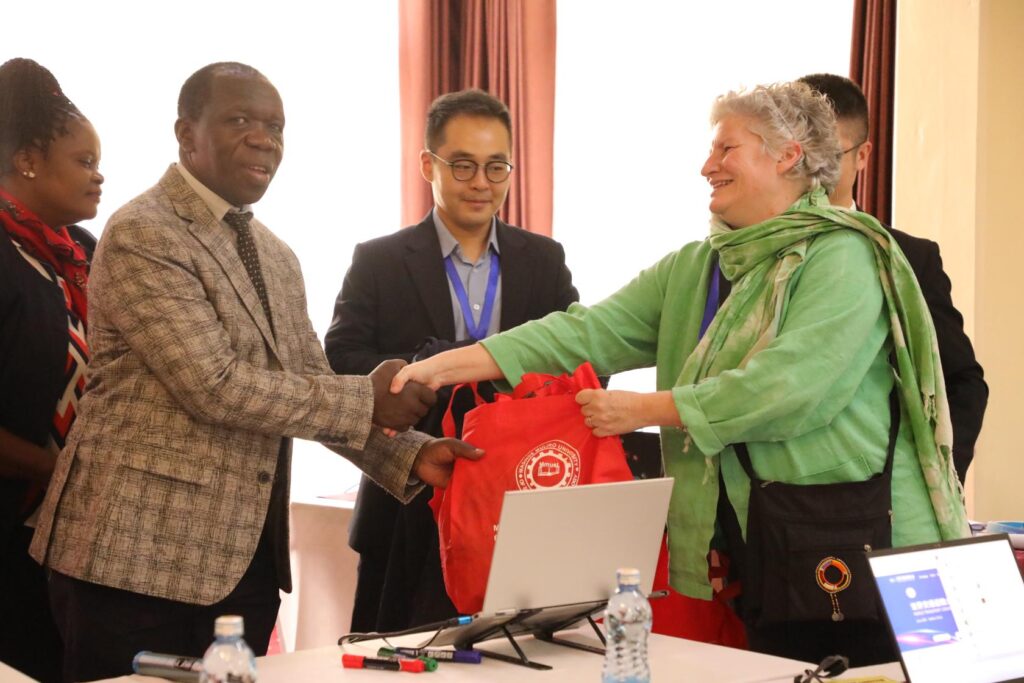
By Caren Nekesa and Wangari Wambugu
Photos by Wangari Wambugu


